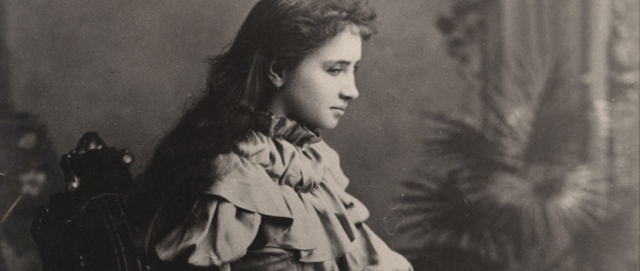Colosseum

The Colosseum was built between 72 A.D and 80 A.D under the Emperor Vespasian, in the heart of Ancient Rome. Back when it was built under the reign of Emperor Vespasian, it was called the Flavian Amphitheater. Vespasian was the first ruler of the Flavian Dynasty. The word Colosseum come from the giant statue of Emperor Nero—known as the Colossus—which was nearby. Made from stone and concrete, this magnificent monument was built with the manpower of tens of thousands of slaves.
The Colosseum is the largest amphitheater (meaning “theatre in the round”) in the world! Oval in shape, it measures 189m long, 156m wide and 50m high (about the height of a 12 storey building). This ancient sporting arena could easily fit a modern-day football pitch inside! The seating arrangements at the Colosseum were precisely organized. The Emperor had his own entrance and imperial box for himself and his entourage. A nearby balustraded section would seat other authorities, while everyone else sat on steps. Along the steps, people were arranged in order of class and citizenship. Women and non-citizens were sat together on wooden bleachers, while slaves stood on a now missing terrace above the bleachers. To keep things organized, the exterior of the Colosseum has numbers etched above the entrances so people knew where to go to find their seat.
This brilliant building had 80 entrances and could seat 50,000 to 80,000 spectators who would come to watch sporting events and games. These events included gladiatorial combats, wild animal hunts and, believe it or not, there were even mock sea battles as they flooded the Colosseum with water.
Free for all! At the Colosseum’s major events – often those organised and paid for by the emperors themselves – there was no entry fee. And free food was sometimes served, too. Bonus! Emperors would use this as a way to gain popularity and support from the public. The event at the Colosseum were seriously brutal, though – during certain games held by the emperors around 10,000 animals were killed in a single day. It’s estimated that over 400,000 people and over a million wild animals died during the centuries that the games took place.
The first games ever to be held were in 80 A.D, under Emperor Titus (the son of Vespasian).
Some of the games in the Colosseum lasted up to 100 days. However, gladiator contests stopped in 435 AD and the last animal hunts were in 532 CE. This was partly due to the cost of acquiring animals and gladiators, alongside maintaining the arena. The animals bought to fight in the arena came from all over the Roman Empire. They included big cats such as lions and tigers, as well as rhinos, crocodiles and bears. To protect the spectators from the blistering sun and heat of Ancient Rome, there was the velarium – an awning that could be pulled over the top of the seating area to provide shade.Below the Colosseum were numerous rooms and underground passages. Here is where the animals and gladiators were kept, waiting to meet their fate in the arena above. There were also 36 trap doors in the arena for special effects!
Natural disasters and vandalism destroyed approximately two-thirds of the Colosseum. But it was the 847 AD and 1231 AD earthquakes that did the most damage that you can see today.
In 2018, the Colosseum was the most popular tourist attraction in the world, drawing more than 7 million visitors who were attracted to its incredible history. New areas of the arena have been opened to the public in recent years, making it an even more exciting attraction for lovers of architecture, ancient history, and Italian culture.
The Colosseum is also depicted on the Italian version of the five-cent euro coin.




